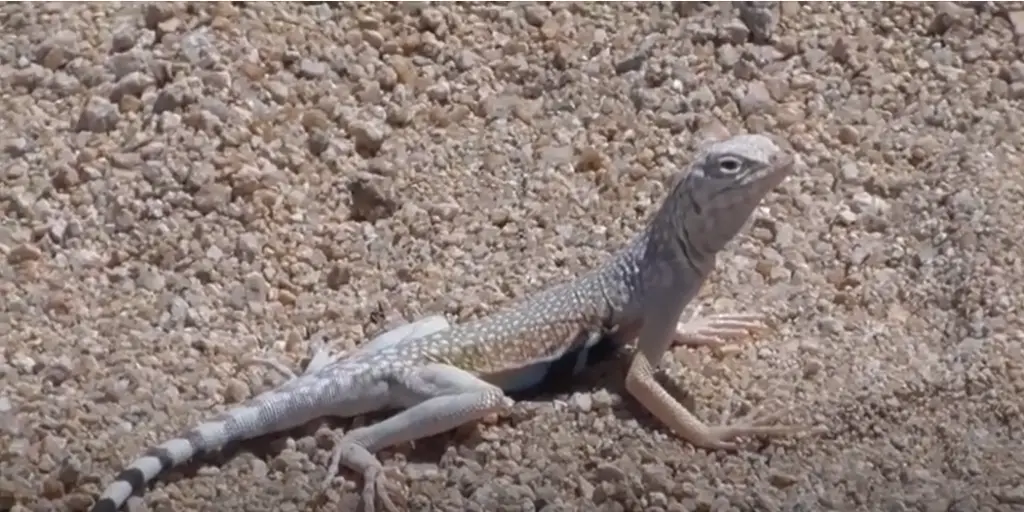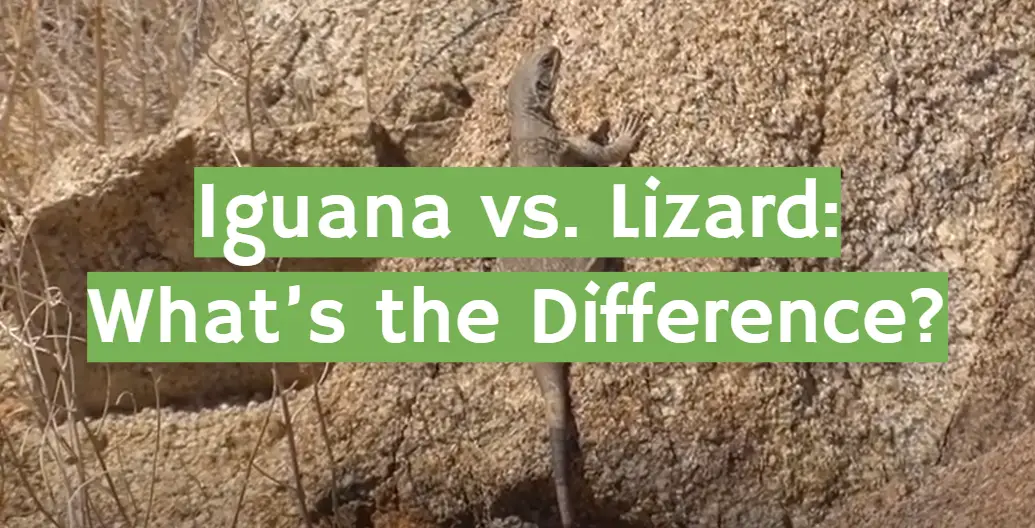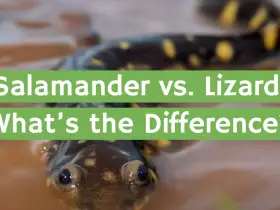If you’re like most people, you may not know the difference between an iguana and a lizard. They both have scaly skin, and they both slither around on the ground, but that’s where the similarities end. In this article, we will take a close look at the two animals and discuss their differences. We will also explore some of the different types of lizards and iguanas that can be found throughout the world. So, without further ado, let’s get started!
What Is a Lizard and What Is an Iguana?
A lizard is a reptile that belongs to the order Squamata. There are thousands of different species of lizards, ranging from tiny geckos to large monitor lizards. Lizards can be found in almost every region on earth and they come in many shapes and sizes. Most lizards have four legs, although there are some legless varieties as well.
An iguana, however, is a type of lizard that belongs specifically to the family Iguanidae. There are about 40 known species of iguanas and they can range from small green ones to larger black or orange varieties. All iguanas have two rows of spines running down their back and tail and most types of iguanas also have prominent dewlaps (throat sacks) that they use to communicate. [1]
Where are Lizards and Iguanas found?
Lizards can be found all over the world, from tropical rainforests to deserts. The most common types of lizards that you will find in your backyard or neighborhood include geckos, skinks, and anoles.
Iguanas are typically found in warmer climates near bodies of water. They are native to Mexico, Central America, parts of South America, and the Caribbean islands. Some species of iguanas have even been introduced to Florida and Hawaii.

How Many Species of Lizards and Iguanas Are Known To Man?
There are more than 5,000 species of lizards known to science. These range from the tiny gecko to the Komodo dragon, which can grow up to 10 feet long. [2]
As for iguanas, there are around 40 species known to exist. They are typically small in size and can range in color from bright green to black or orange.
How Different In Terms of Appearance Are Lizards and Iguanas?
Lizards come in many shapes and sizes, from the small gecko to the large Komodo dragon. They have smooth, scaly skin and most have four legs. Some species of lizards also have a tail that can be detached if they are threatened by predators.
Iguanas, on the other hand, are typically smaller than lizards and have two rows of spines running down their backs and tails. They also tend to be brightly colored compared to other types of lizards. Iguanas also have prominent dewlaps which they use for communication purposes.
What are the Colors of Lizards and Iguanas?
The colors of lizards can vary greatly from species to species. Some are bright and colorful, while others are dull and muted. The most common colors for lizards include green, brown, gray, black, and yellow.
Iguanas typically come in shades of green but can also be found in various other colors like orange or black. These brightly colored iguanas use their appearance as a defense mechanism against predators. [3]
How Do Lizards and Iguanas Breed?
Most species of lizards reproduce by laying eggs, although some will give birth to live young. The female will create a nest where she can lay her eggs and then bury them in the ground or hide them in a crevice.
Iguanas also typically lay eggs, but the process is much more complex than that of other types of lizards. Male iguanas must first court the female and then perform a mating ritual before laying their eggs.
How Different Are Lizards from Iguanas In Terms of Body Size?
Lizards can range in size from the tiny gecko to the large Komodo dragon. The average size of a lizard depends on the species, but they typically range anywhere from 4 inches (10 cm) up to 8 feet (2.5 m).
Iguanas are generally much smaller than lizards and range in size from about 12 inches (30 cm) up to 6 feet (1.8 m).
How Different Is the Lizard Diet From the Iguana Diet?
Lizards are omnivores that feed on both plants and animals. They typically eat insects, worms, snails, spiders, and other small invertebrates. Some larger lizards may also consume small birds or mammals as well.
Iguanas are herbivores, meaning they only eat plant matter. Their diet consists mainly of leafy green vegetables like lettuce and kale, but they will also occasionally munch on flowers or fruits.
Are Lizards and Iguanas Venomous?
Most lizards are not venomous, although some species do produce a mild toxin that can be irritating to the skin.
Iguanas are also non-venomous and pose no threat of harm to humans or other animals.
What is the Lifespan of Lizards and Iguanas?
Lizards and iguanas can live for many years. The average lifespan of a lizard is around 10 to 15 years, depending on the species. [4]
Iguanas usually have longer lifespans than lizards and can live for up to 20 years or more with proper care.

So, What are the Best Pets, Lizards, or Iguanas?
The best pet for you depends on your preferences and lifestyle. Lizards require more maintenance than iguanas as they have higher energy levels and need a larger habitat. Iguanas, on the other hand, are relatively low maintenance and don’t require much space.
If you’re looking for an interactive pet that will provide hours of entertainment, then a lizard may be the right choice for you. If you want a more relaxed companion that doesn’t require too much attention, then an iguana is probably the better option. Ultimately, it comes down to personal preference when deciding which type of reptile is best suited to be your pet. Whichever one you choose, both lizards and iguanas make great companions!
FAQ
Is an iguana a lizard or a reptile?
An iguana is a type of lizard that belongs to the reptile family.
Can iguanas bite humans?
Iguanas can bite humans, but this is usually only in self-defense or if they feel threatened.
Do iguanas have poison?
No, iguanas are not venomous and do not possess any type of poison. [5]
Are iguanas aggressive?
Iguanas can be aggressive, especially when they are defending their territory. However, they are generally gentle creatures and can easily be tamed with regular handling.
Useful Video: Iguanas vs Lizards – 10 Differences between an Iguana and a Lizard
Conclusion
While it’s true that both iguanas and lizards belong to the reptile family, there are several key differences between these two popular pets. Hopefully, this article has helped clear up some of the confusion surrounding these two creatures. If you’re still undecided about which pet is right for you, why not contact your local reptile sanctuary or organization to get more information? They may even have adoptable iguanas and lizards available!
References:
- https://arew.org/lizards-vs-iguanas/
- https://animals.sandiegozoo.org/animals/lizard
- https://www.merci-project.com/en/green-iguana/
- https://www.vedantu.com/animal/lizard
- https://petkeen.com/are-iguanas-poisonous/






Leave a Review